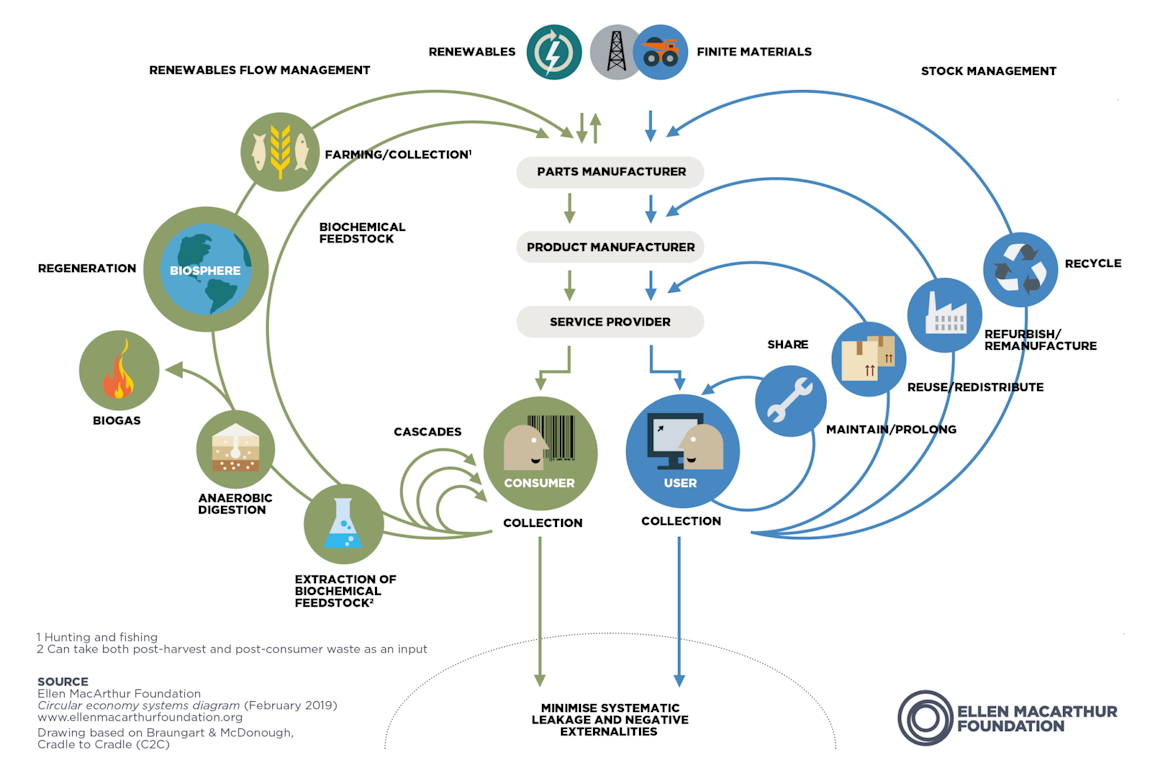The importance of green packaging for a sustainable future
The term ‘green’ has become widely used by both consumers and companies. It suggests a person or business is contributing positively towards the environment and could involve several changes to lifestyle habits or business operations
From minimising single-use plastics, to encouraging correct disposal of materials and reducing carbon footprint, there are many ways to contribute towards a sustainable future.
Here, we explore the importance of green packaging and how it can support our planet for what’s ahead.
What is green packaging?
Green packaging, also referred to as eco-friendly and sustainable packaging, uses materials as well as manufacturing methods to reduce harmful impacts on the environment. Green packaging solutions can range from recyclable, biodegradable, and compostable products, often replacing harmful plastics and Styrofoam.
Packaging from sustainable sources, such as ‘FSC Certified’ products fall into the category of green packaging too. This stands for ‘Forest Stewardship Council’ which certifies forests around the world to ensure they meet environmental standards.

Why is green packaging so important?
The UK generates around 2.4 million tonnes of packaging waste per year – around 40% of this is plastic. With so much packaging ending up in landfills, recyclable, biodegradable, and compostable options must be widely adopted by businesses to help combat the adverse effects on our planet.
Additionally, more and more consumers are demanding green packaging – it’s an important factor during their buying decision. So, as a business, opting for green packaging will not only support a sustainable future, but will help increase sales and improve brand perception.
Moving towards a circular economy
“Circular economy” as a term isn’t widely known just yet. The idea behind a circular economy is to use resources efficiently with modern technology, produce as little waste as possible, use raw materials where we can, and keep these materials in circulation for as long as they’re effective.
Green packaging plays a huge role in this model.
By substituting plastic packaging with recyclable, biodegradable, or compostable packaging, resources and raw materials can be used effectively to support a circular economy.
Take PLA for instance. This material uses cornstarch (a raw material produced from corn) to create a range of thermal insulation for food and pharmaceutical goods – a great alternative to Polystyrene boxes.
Likewise, common plastic tapes can be substituted for paper tape solutions. Even bubble wrap can be switched out for an eco-friendly corrugated bubble. In short, there are several green packaging solutions your business could implement to sustain this economic system of a circular economy.

Green packaging from Swiftpak
As a b-certified corporation, our mission is simple. We take it upon ourselves to deliver productive, stress-free packaging solutions in a socially and environmentally responsible manner. This involves supplying our customers with the packaging they need to reach their environmental goals.
If you’re looking for an experienced green packaging supplier, contact our team today or visit our green packaging solutions page for more information.